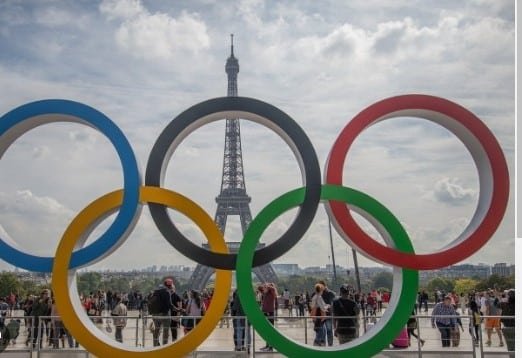For over a century, the Cultural Olympiad has served as a celebration of human creativity and expression, intertwining arts and athletics in homage to the ancient Greek tradition of holistic competition. Spearheaded by Baron Pierre de Coubertin in the late 19th century, the Cultural Olympiad has evolved over time, embracing new forms of artistic expression and expanding its reach to encompass a global audience. From its inception to the present day, the Cultural Olympiad remains a testament to the enduring spirit of Olympism and the power of cultural exchange to unite nations and inspire generations.
Origins and Inspiration: The roots of the Cultural Olympiad can be traced back to the visionary ideals of Baron Pierre de Coubertin, who sought to revive the ancient Greek tradition of quadrennial celebrations honoring both athletic and artistic prowess. Inspired by the ancient Olympic Games, where athletes competed alongside philosophers, scholars, poets, and musicians, Coubertin envisioned a modern iteration that would capture the “spirit of Olympism” through a harmonious fusion of sports and culture. Thus, in 1894, Coubertin founded the International Olympic Committee (IOC), laying the groundwork for the Cultural Olympiad to come.
Expansion and Innovation: Over the ensuing decades, the Cultural Olympiad underwent a period of expansion and innovation, as the Olympic Movement sought to broaden its cultural footprint and engage with a diverse array of artistic disciplines. In 1912, the Stockholm Games marked a historic milestone with the introduction of art competitions, encompassing categories such as architecture, literature, music, painting, and sculpture. This groundbreaking initiative represented a bold departure from tradition, showcasing the intrinsic connection between sport and creativity on the world stage.
Symbolism and Identity: Central to the identity of the Cultural Olympiad is the iconic Olympic Rings logo, conceived by Baron Pierre de Coubertin in 1913. Symbolizing the unity of nations and the universal appeal of Olympism, the interlocking rings serve as a powerful emblem of diversity, solidarity, and shared human endeavor. As Coubertin famously remarked, “These five rings stand for the five regions of the world that have converted to Olympicism and are prepared to embrace its fruitful rivalry.” Thus, the Olympic Rings embody the spirit of inclusivity and cooperation that defines the Cultural Olympiad.
Global Impact and Legacy: Throughout its storied history, the Cultural Olympiad has left an indelible mark on the global cultural landscape, fostering dialogue, understanding, and appreciation across borders and boundaries. From the grandeur of the Olympic Games’ opening ceremonies to the myriad cultural festivals and exhibitions held in conjunction with the Games, the Cultural Olympiad serves as a platform for artists, performers, and creatives to showcase their talents on a world stage. Moreover, the legacy of the Cultural Olympiad extends far beyond the duration of the Games themselves, leaving a lasting imprint on host cities and communities through cultural infrastructure, outreach programs, and artistic legacies.
Challenges and Opportunities: As the Cultural Olympiad continues to evolve in the 21st century, it faces a myriad of challenges and opportunities in an increasingly interconnected and dynamic world. From harnessing the power of digital technology to amplify cultural engagement to addressing issues of inclusivity, diversity, and representation, the Cultural Olympiad must adapt to meet the evolving needs and aspirations of global audiences. By embracing innovation, collaboration, and cultural exchange, the Cultural Olympiad can continue to serve as a beacon of creativity, inspiration, and unity for generations to come.
In conclusion, the Cultural Olympiad stands as a testament to the enduring legacy of the Olympic Movement, embodying the ideals of unity, diversity, and excellence through the fusion of sports and culture. From its humble beginnings in the late 19th century to its present-day manifestations on the global stage, the Cultural Olympiad continues to captivate imaginations, inspire creativity, and foster dialogue across cultures and continents. As we look towards the future, let us embrace the transformative power of the Cultural Olympiad to unite humanity in a shared celebration of human achievement and expression.
